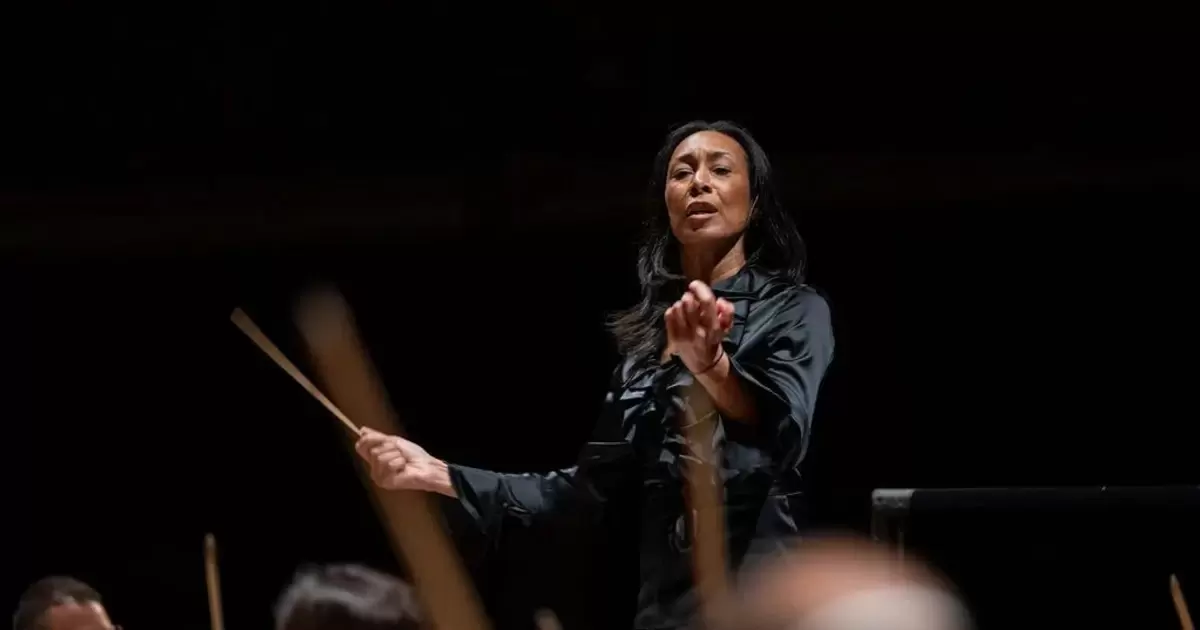|
Throughout their early education, children are taught basic subjects like math and science to help them better understand the world around them. Artistic courses were often deemed less important, despite exposing children to a new realm of interests. This is where The Music and Language Learning Center, or the MLLC, comes in.
The MLLC provides a wide variety of courses regarding the study of music, along with three language classes: French, Spanish, and Portuguese. All levels of education are welcome; in other words, no prior experience is needed to take these courses. Each course is held online with three different types of classes: flexible, multi-day, and private tutoring, or one-on-one. Flexible courses do not meet live and are instead taught through assignments. Multi-day courses meet at scheduled times over a period, and private tutoring is individual teaching.
0 Comments
Conducting can be a tricky business. It’s not only about learning the score, indicating instrumental entrances, or even beating the time. You must be able to understand the people that you’re working with and through that type of understanding of how to approach them whether they are beginners or even professionals, which requires a level of awareness when understanding the ensemble, you’re working with.
Throughout my career, I've witnessed many different types of conductors - inspiring ones, angry ones, funny ones, and bad ones, but they all have one thing in common: they have the courage and tenacity to be able to stand in front of a group of people to communicate their ideas using musical gestures. |
AuthorWrite something about yourself. No need to be fancy, just an overview. Archives
June 2024
Categories
All
|
Music & Language Learning Center |
Music Classes |
Language Classes |
MUSIC AND LANGUAGE LEARNING CENTER 2024



 RSS Feed
RSS Feed

